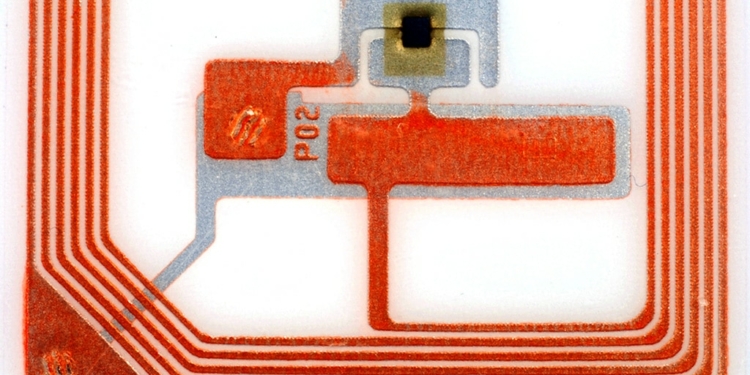Source: Microwave and RF article
As researchers from Greece discovered, ferrimagnetic materials provide a starting point for smaller antennas with greater range.
Antennas are the beginning and ending points for many systems and with a growing number of wireless applications, there’s a greater demand for efficient, miniature low-profile antennas. In pursuit of such components, Evmorfili Andreou and three fellow researchers from Athens, Greece have explored the use of magnetodielectric materials with tunable permeability for reconfigurable antenna designs.
Magnetodielectric materials exhibit relative permittivity (εr) and relative permeability (µr) of greater than one. By using a magnetodielectric substrate material with moderate values of permittivity and permeability, it’s possible to miniaturize an antenna as much as when using a dielectric substrate material with a considerably higher value of εr.
The researchers noted the constant need for antennas capable of adjusting operating characteristics to adapt to changing channel conditions. Tunable materials such as ferroelectric and ferromagnetic substrates can provide excellent starting points for wideband antenna designs, especially magnetic materials with high resistivity for high-frequency antennas.
Ferrimagnetic oxides have unique properties when a magnetic field is applied, making them suitable for antennas and other microwave components. Ferrimagnetic oxides, with iron oxide as their main component, are classified as spinels, garnets, and hexaferrites. Garnets are typically employed for components from 1 to 10 GHz, spinels are commonly used for applications from 3 to 30 GHz while hexaferrites are used for higher-frequency designs, as high as 100 GHz. Ferrites typically have high permittivity and low dielectric losses, with flexible magnetic properties.
When modeling the properties of ferrimagnetic materials, such as permeability, magnetic flux density, magnetic field strength, and resonance linewidth, it’s the magnetic bias field that controls the switching of the material between two magnetization states. For example, different materials can be considered partially magnetized or magnetically saturated, and the approach to simulating this parameter will differ for the various ferrimagnetic materials.
The researchers explain their approach to simulating the different materials and choosing a ferrimagnetic material for a reconfigurable antenna design. Material selection depends on the target frequency range of the antenna. Simulation with electromagnetic (EM) modeling software involves computing material parameters, such as permeability, in the “off” and “on” states of the material (without and with magnetic field applied). By dividing their yttrium iron garnet (YIG) material sample into different zones for study, the magnetic field distribution can be precisely calculated. The modeled antenna performance from approximately 4.6 to 5.5 GHz closely matches the measured performance for a fabricated component.
See “Magnetodielectric Materials in Antenna Design,” IEEE Antennas & Propagation Magazine, Vol. 61, No. 1, February 2019, pp. 29-40.
































